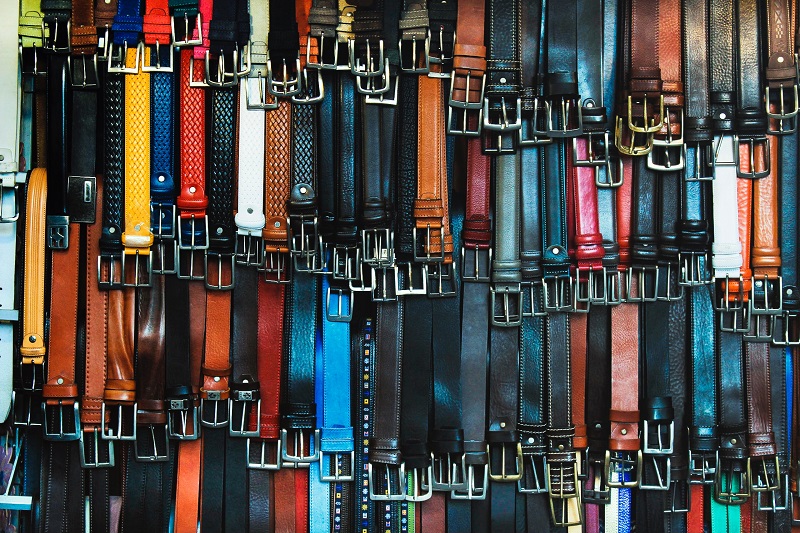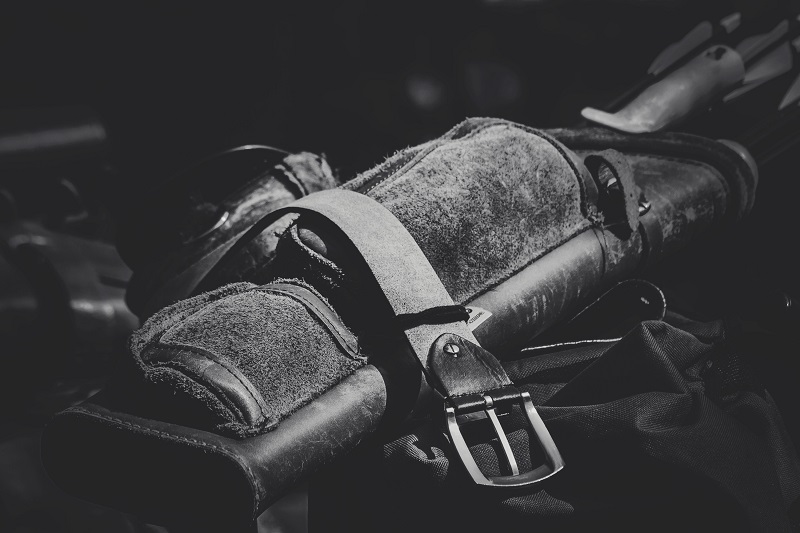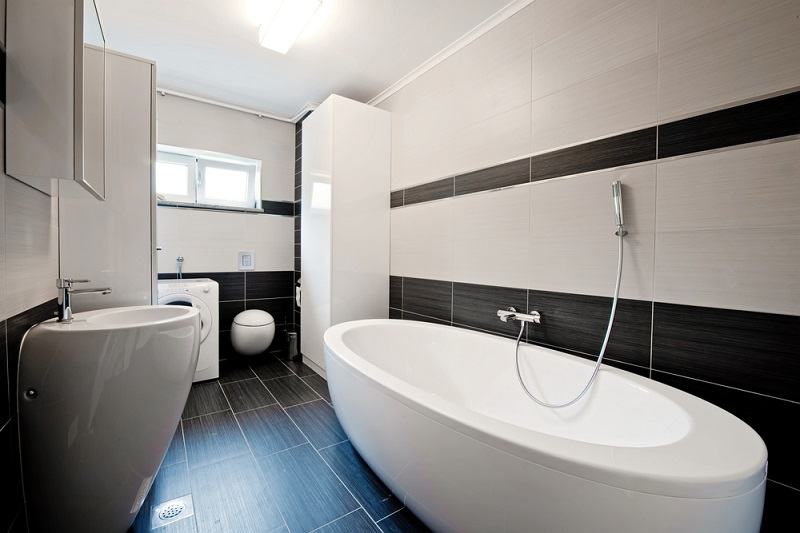Have you noticed more handmade leather goods popping up at Melbourne markets lately? Ever wondered why your social media feed is suddenly full of friends showing off their hand-stitched wallets and bags? What’s behind this surge in leather crafting that’s taking over Melbourne’s creative scene?
Melbourne’s DIY movement has exploded in recent years, and leather crafting sits right at the heart of this creative revolution. From Fitzroy workshops to Brunswick studios, locals are rediscovering the satisfaction of creating something beautiful with their own hands. This resurgence isn’t just about making things—it’s about reconnecting with traditional skills, supporting local suppliers, and building a community of makers who share knowledge and passion.
The Melbourne DIY Renaissance: Why Leather Crafting Is Having Its Moment

From Lockdown Hobby to Lifestyle Movement
Remember those long lockdown days when we all picked up new hobbies? While some people baked sourdough, others discovered leather crafting—and they haven’t looked back. What started to pass time has transformed into a genuine lifestyle choice for thousands of Melburnians. The appeal goes beyond just filling empty hours; it’s about creating something tangible in an increasingly digital world.
Local leather suppliers report that sales to hobbyists have tripled since 2020. Workshop bookings are consistently full, with waiting lists stretching months ahead. This isn’t a fleeting trend—it’s a fundamental shift in how people want to spend their free time and express their creativity.
The Rise of Handmade Culture in Melbourne’s Creative Scene
Melbourne has always celebrated creativity, but the handmade movement has reached new heights. Markets like Rose Street and Finders Keepers now feature dozens of leather artisans, each bringing their unique style to traditional techniques. These makers aren’t just selling products—they’re sharing stories, teaching skills, and building connections with customers who value authenticity.
The shift towards handmade reflects broader changes in consumer values. People want to know where their goods come from, who made them, and what materials were used. Leather crafting perfectly captures this desire for transparency and quality. When you buy a handmade leather bag, you’re investing in hours of skilled work and supporting local artisans.
Understanding Melbourne’s Leather Supply Landscape
The Evolution of Leather Manufacturing in Australia
Australia’s leather suppliers industry has deep roots, stretching back to the colonial era when tanneries dotted the landscape. While large-scale production has shifted overseas, a renaissance in small-batch, quality-focused manufacturing is taking place. Melbourne leads this charge, with suppliers adapting to serve both traditional manufacturers and the growing DIY market.
Modern suppliers have pivoted from serving only commercial clients to embracing hobbyists and small makers. They’ve expanded their ranges to include smaller quantities, pre-cut pieces, and beginner-friendly options. This accessibility has been crucial in supporting the DIY movement, removing barriers that once kept leather crafting exclusive to professionals.
What Does Australia Manufacture in the Leather Industry?
Australia’s leather manufacturing focuses on quality over quantity, with several key areas of specialisation. Premium kangaroo leather remains a unique Australian product, prized worldwide for its strength and suppleness. Local tanneries also process cattle hides, creating vegetable-tanned leathers perfect for craft work and luxury goods.
Beyond raw materials, Australian manufacturers excel in creating finished products that showcase local design sensibilities. Small workshops produce everything from architectural leather panels to bespoke automotive interiors. The emphasis on craftsmanship and customisation sets Australian leather goods apart in the global market.
Leather Types and Materials: A Beginner’s Guide
What Is Thin Leather Called? Understanding Weight Classifications
Navigating leather terminology can feel overwhelming for beginners, but understanding the basics opens up creative possibilities. Leather weight, measured in ounces, determines its thickness and suitable applications. What many people call “thin leather” typically refers to materials between 1-3 ounces, perfect for wallets, book covers, and delicate accessories.
The thinnest leathers, often called “garment weight” or “lining leather,” measure under 2 ounces. These flexible materials work beautifully for clothing, glove making, and interior wallet pockets. Moving up the scale, 3–4-ounce leather suits most small leather goods, while thick leather material over 8 ounces becomes ideal for belts, straps, and heavy-duty items.
Ultra-Thin Leather: Applications and Availability
Ultra-thin leather opens doors to projects requiring flexibility and finesse. This material, typically under 1 ounce, behaves almost like fabric, making it perfect for bookbinding, jewellery making, and mixed media art. Melbourne suppliers’ stock various ultra-thin options, from lambskin to specially processed cowhide.
Working with ultra thin leather requires different techniques than standard weights. Traditional punching tools might tear through, so crafters use rotary cutters and specialised needles. The material’s delicacy demands patience but rewards makers with incredibly refined finished products.
Essential Leatherworking Techniques and Skills
Basic Leather Craft Work Methods
Mastering fundamental techniques provides the foundation for all leather projects. Cutting accurately seems simple but requires practice—learning to follow patterns, account for stretch, and work with the leather’s natural grain. Proper cutting saves material and ensures professional-looking results from the start.
Stitching leather differs dramatically from sewing fabric. The saddle stitch, leather crafting’s signature technique, creates durability unmatched by machine sewing. Learning consistent spacing, maintaining tension, and finishing seams properly takes time but produces heirloom-quality items. Melbourne workshops often start here, knowing these skills unlock countless project possibilities.
Advanced Techniques for Ambitious Projects
Once basics become second nature, advanced techniques expand creative horizons. Tooling and carving allow decorative elements, from simple geometric patterns to elaborate pictorial designs. Melbourne’s leather worker community shares knowledge generously, with experienced makers mentoring newcomers through challenging techniques.
Wet moulding opens three-dimensional possibilities, shaping leather into forms impossible with flat construction. This technique suits everything from phone cases perfectly fitted to specific models to sculptural art pieces. Understanding how moisture affects leather, controlling drying, and maintaining shape requires experience but yields spectacular results.
Melbourne’s Manufacturing Future: The Role of Small-Scale Production

How DIY Movements Support Local Manufacturing Australia
The DIY leather movement represents more than individual creativity—it’s revitalising local manufacturing. Small-scale producers fill gaps between mass production and bespoke luxury, creating accessible custom goods. This middle ground supports both makers earning supplementary income and customers seeking unique, quality items.
Manufacturing Australia benefits when DIY makers transition to small businesses. They purchase materials locally, employ assistants, and rent workshop spaces. Unlike offshore mass production, this distributed manufacturing model keeps money circulating in local communities. Every leather crafter buying supplies supports jobs throughout the supply chain.
Conclusion
Melbourne’s leather crafting revival shows no signs of slowing down. From weekend hobbyists to emerging professional makers, people across the city are discovering the satisfaction of creating with their hands. Local suppliers have risen to meet this demand, transforming from trade-focused businesses to community hubs supporting makers at every level.
The movement extends beyond individual satisfaction, contributing to Melbourne’s creative economy and manufacturing future. As more people develop leather working skills, opportunities emerge for teaching, selling, and collaborating. This ecosystem supports not just makers but an entire network of suppliers, educators, and venues. The DIY movement proves that manufacturing Australia doesn’t require massive factories—sometimes it starts with a kitchen table and a piece of leather.


